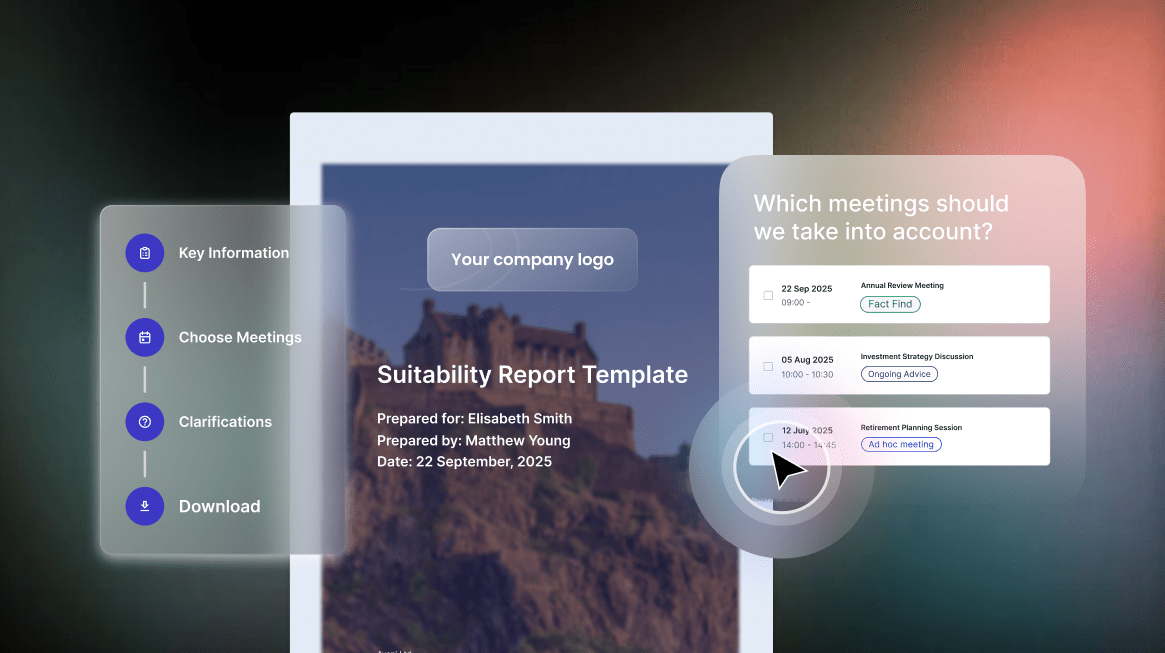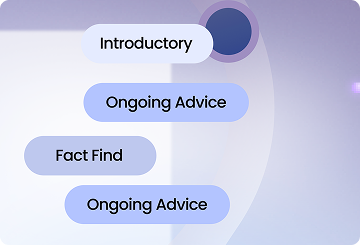We know that robo-advice fell short of the salvation it was promised to be. So how does generative AI vs robo-advice compare?
Robo-advice certainly hasn’t achieved the widespread adoption that was predicted. But with cost to serve and chronic inefficiencies still plaguing the industry, could Generative AI (artificial intelligence) triumph where robo-advice fell short?
What happened to the robo-advice uprising?
Robo-advice burst onto the scene in the early 2000s promising a frictionless future of wealth management. It offered efficiency, automation, and a seemingly objective approach fueled by algorithms. Clients, particularly the tech-savvy and price-conscious, were initially drawn to this streamlined model.
Around 2008, with the financial crisis turning people to more accessible and affordable investment options, the concept gained more traction.
But there was a critical flaw.
Robo-advisers, for all their processing power, lacked the key ingredient: the human touch. They’re not built for the emotional terrain of financial planning. There was no comfort, enthusiasm, celebration or sympathy to guide clients through complex market movements and life events.
Without that critical element, clients were desperate for a connection with someone trusted, who understood not just the numbers but the clients themselves. Connection is, after all, one of the most basic human needs.
Money Marketing explained the challenges of building a profitable business model for robo-advice, stating that whilst it can automate financial processes, it struggled to engage clients and build trust, especially for those with significant assets. We need financial advisers to provide nuanced advice that robo-advice simply can’t.
Of course, that doesn’t mean that robo-advisers have necessarily ‘failed,’ rather that they didn’t achieve the widespread adoption predicted. And with hindsight, we can say the future of financial advice clearly lies in a combination of human and technological expertise.
The Generative AI generation
We know that robo-advisers have their limitations. Reliant on static algorithms and questionnaires, their one-size fits all approach lacks the ability to cater to clients’ individual needs and risks.
Their limited product range and lack of human interaction mean that they were mostly focused on low-risk investment strategies, and couldn’t always offer the full spectrum of financial services needed for comprehensive financial planning and customer understanding.
This is where generative AI enters the stage.
Generative AI operates on an evolving model and data set. As the AI matures, it opens itself to a wider range of financial products and services, making robo-advisers more competitive for clients with complex needs.
Its advanced personalisation means that it can analyse vast amounts of data to create investment strategies, risk assessments and financial recommendations that are catered to each client’s specific circumstances.
All of this lends itself to the collaborative power of having a Human-in-the-Loop. Generative AI can automate repetitive and time-consuming tasks so that advisers can focus on building relationships, providing refined advice and addressing the ever-changing needs of their clients.
The AI level-up
With its ability to continuously learn and adapt based on real-time market data and client feedback, generative AI can provide more dynamic and responsive financial strategies.
Not only that, but natural language processing (NLP) advancement means that advanced AI models can engage with clients in natural language conversations, inviting more interactive and personalised experiences for the clients compared to the limited interaction offered by most robo-advisers.
Already we’re seeing streamlined efficiency on the back of generative AI. Solutions such as Aveni Assist can aid advisers in cutting hours of manual admin work from their day-to-day, enabling them to spend more time with their clients. From drafting meeting summaries to generating information for suitability reports, generative AI is helping to reduce cost to serve and, more importantly, shrink the advice gap.
As generative AI advances, it allows for more “explainable” models, which allow clients to understand the rationale behind its recommendations to foster deeper trust and transparency. With regulators like the FCA pushing for evidence-based advice, this also becomes a vital factor for businesses to prove that they are keeping the customer at the heart of their operations.
What we’re trying to say is that it doesn’t need to be generative AI vs robo-advice.
Generative AI builds upon the core automation benefits of robo-advisers but adds a layer of personalisation, adaptability, and human-like decision-making capabilities that can address the limitations that hindered widespread robo-adviser adoption.
A new generation of AI-powered advisers is poised to redefine financial guidance. These solutions leverage the best of both worlds: human expertise and the transformative power of generative AI.
The future of financial advice isn’t about algorithms alone, rather it’s about using AI in the right way to augment human expertise and create an unparalleled client experience.






